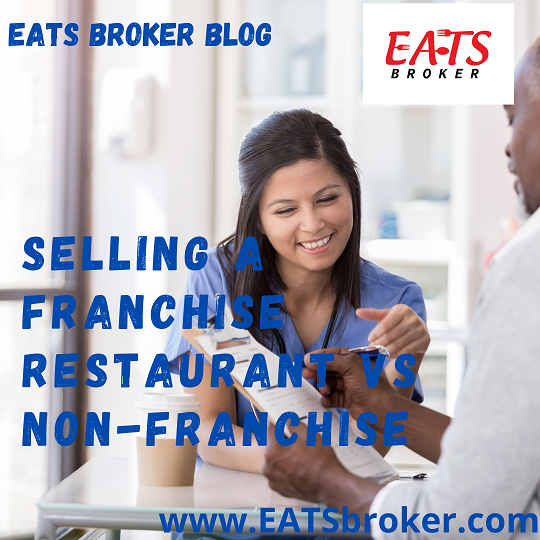
Selling a Franchise Restaurant vs Non-Franchise
What are the Pros and Cons of Selling a Franchise Restaurant vs. Non-Franchise is a common question EATS Restaurant Brokers receives from sellers? Franchise Restaurants

What are the Pros and Cons of Selling a Franchise Restaurant vs. Non-Franchise is a common question EATS Restaurant Brokers receives from sellers? Franchise Restaurants
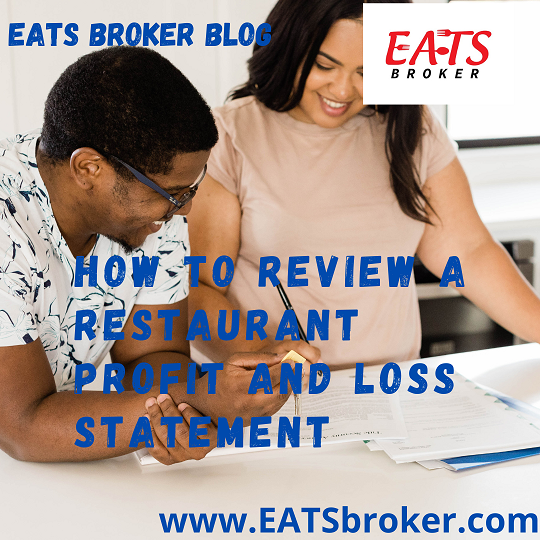
Understanding how to review a Restaurant Profit and Loss Statement is a crucial variable for a Restaurant Valuation to determine the restaurant’s actual value. Restaurants
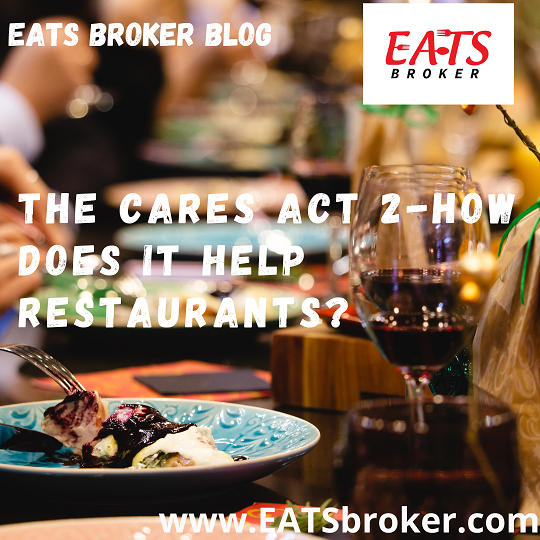
The Cares Act 2 has some generous provisions to help restaurants. EATS Broker wants to share some great news about the latest $900 billion coronavirus
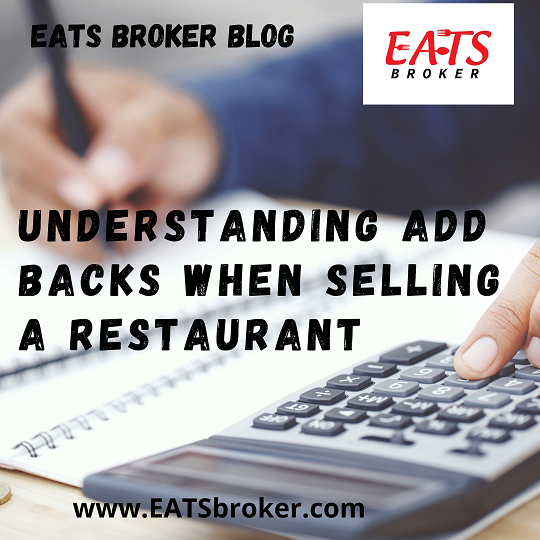
Understanding Add Backs when Selling a Restaurant can be difficult for inexperienced restaurant buyers and restaurant sellers to understand. The real value is more
© Copyright 2025 EATS Broker | Consumer Protection Notice | Information About Brokerage Services